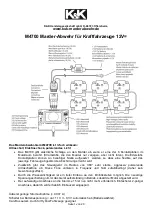
Care & Maintenance
Instructions
.
It is important that you keep your protective helmet clean, free of
contamination, and properly maintained at all times. Protective
helmets that are dirty or contaminated pose significant hazards. The
wearing of soiled or contaminated items can cause acute or long-term
health hazards. Many contaminants can be absorbed by the skin, and
some are carcinogenic. In addition, many contaminants are flammable
and some are so minute that they cannot be seen with the naked eye.
Do not wear your protective helmet unless it is properly cleaned and
thoroughly dried.
CLEANING AND DISINFECTION PRECAUTIONS
Helmet
-
Use only mild detergents with a pH range of not less than 6.0 pH and
not greater than 10.5 pH as indicated on the product material safety data
sheet (MSDS) or original product container. Do not use detergents
or cleaning agents that are not approved by Pacific Helmets.
Please contact us if in doubt.
-
Never use solvents or chlorine bleach or cleaning agents
that contain chlorine bleach. These substances rapidly
break down or affect the integrity of certain materials of the
protective helmet.
-
Do not machine wash using a regular washing machine or
tumble dry whole helmets.
-
Do not wash protective helmets or other protective
clothing alongside personal items.
-
Do not dry clean your protective helmet.
Continued next page.
WWW.PACIFICHELMETS.COM
27














































